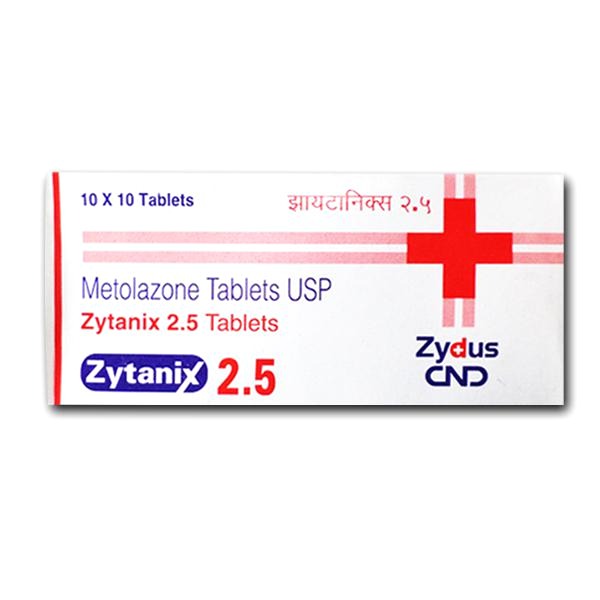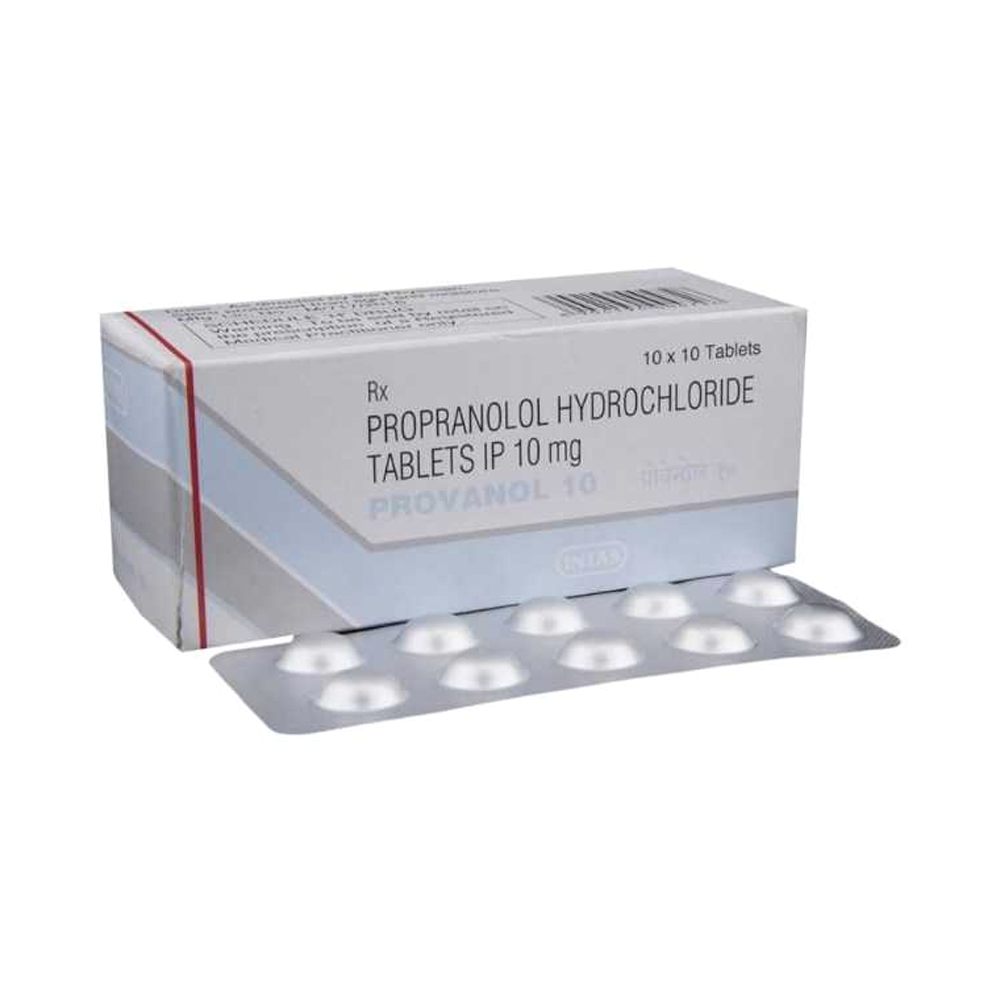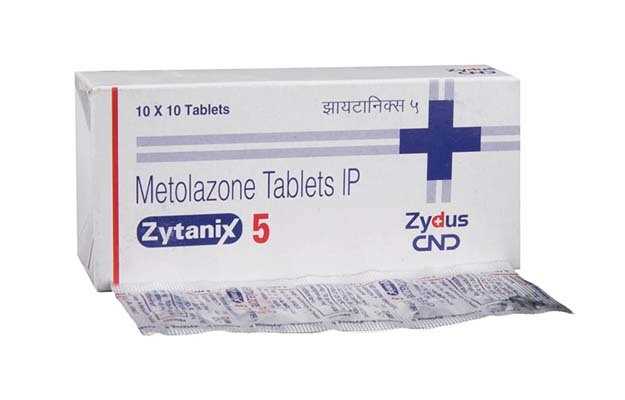Subtotal: $3.46
Prazosin Information
Pronunciation
PRAZ oh sin
What is this drug used for?
– It is used to treat high blood pressure.
– It may be given to you for other reasons. Talk with the doctor.
Frequently reported side effects of this drug
– Fatigue
– Loss of strength and energy
– Headache
– Nausea
Other side effects of this drug: Talk with your doctor right away if you have any of these signs of:
– Severe dizziness
– Passing out
– Blurred vision
– Fast heartbeat
– Arrhythmia
– Depression
– Shortness of breath
– Erection that lasts more than 4 hours
– Swelling of arms or legs
– Signs of a significant reaction like wheezing; chest tightness; fever; itching; bad cough; blue skin color; seizures; or swelling of face, lips, tongue, or throat.
Medication Safety Issues
Sound-alike/look-alike issues:
Prazosin may be confused with predniSONE
Geriatric Patients: High-Risk Medication:
Beers Criteria: Prazosin is identified in the Beers Criteria as a potentially inappropriate medication for hypertension in patients 65 years and older due to its high risk of orthostatic hypotension. Avoid use for hypertension treatment (alternative agents have superior risk-benefit profiles) (Beers Criteria [AGS 2019]).
Storage and Stability
Store at 20?C to 25?C (68?F to 77?F). Protect from moisture and light.
Adverse Reactions
Cardiovascular: Edema, orthostatic hypotension, palpitations, syncope
Central nervous system: Depression, dizziness, drowsiness, fatigue, headache, nervousness, vertigo
Dermatologic: Skin rash
Gastrointestinal: Constipation, diarrhea, nausea, vomiting, xerostomia
Genitourinary: Urinary frequency
Neuromuscular & skeletal: Weakness
Ophthalmic: Blurred vision, injected sclera
Respiratory: Dyspnea, epistaxis, nasal congestion

 Fertogard 100 - 10 tablet
Fertogard 100 - 10 tablet 






Reviews
There are no reviews yet.